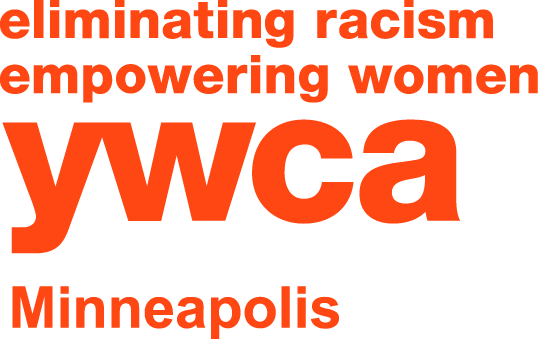Remembering Historical Trauma to Create a Better Future
Japanese Americans are imprisoned at Santa Anita, California, internment camp, 1942. (© Corbis)
Honoring May as Asian American and Pacific Islander Heritage Month
May is Asian American and Pacific Islanders Heritage Month, a month-long celebration of the cultures, traditions and history of Asian American and Pacific Islanders in the United States. The month of May was specifically chosen to commemorate the first Japanese families to immigrate to the United States (May 7, 1843) and the completion of the transcontinental railroad by mostly Chinese immigrant workers (May 10, 1869).As we celebrate the cultures and traditions of Asian American and Pacific Islanders, we cannot dismiss the historical discrimination and racism they were forced to endure. The Japanese internment defined United States history. Even today, many of us have little to no knowledge of that piece of our history, including its impact and resurrection in current political rhetoric.
Japanese Internment Camps
In 1942, in the aftermath of the attack on Pearl Harbor, President Franklin Roosevelt signed Executive Order 9066, establishing Japanese internment camps. The round-up of Japanese families happened within 48 hours after the bombing of Pearl Harbor. It has since been revealed that the 1940 census informed the government of where Japanese families were living, allowing for such immediate action. It is important to note that many of these families were U.S. citizens.
Displaced Families
Families were first moved to fairgrounds or race tracks (“assembly centers”) where they stayed until the “relocation centers” were ready. Sound familiar? This was the same process used in Nazi Germany for relocating Jewish families. The sites had barbed wire, barracks and were guarded by a military presence. Most of these camps were located along the West Coast, primarily in California and Arizona, but a few stretched into Wyoming, Colorado and even into Arkansas. There were ten camps in total, where 120,000 people were sent from 1942-1945.
The Challenges of Resettling
Once the last camp was closed in 1945, families resettled to other parts of the country. However, they still faced several challenges. Most of the families lost everything due to their internment — many Japanese families previously had thriving businesses or farms which were either taken or destroyed upon their incarceration. Secondly, the fear and prejudice of Japanese people was not erased with the war ending. Though the majority of families stayed in the West, there was a significant migration. Over 35,000 families left the West Coast.
YWCA Helped Families Resettle
True to its roots as a resettlement location, Minnesota welcomed 1,500 members of the Japanese community throughout this time. YWCA Minneapolis and YWCA St. Paul, along with the International Institute, founded a Japanese Resettlement Committee in 1942 to help families who were forced to relocate. Many families were also part of the Japanese Language Program which was held at Fort Snelling during the war.
Lessons from Historical Discrimination
It’s been 73 years since the last Japanese internment camp was closed, but the lessons of this era are still with us. Have we really learned from the mistakes of our past? As we look toward the 2020 census and the national rhetoric around immigration and residential status, it’s important to reflect upon events like the Japanese internment camps.
Immigration Questions in the Census
The upcoming census is slated to ask a question around citizenship, but this has become controversial. There is valid concern that this information could be used against minority groups.Immigration has become a volatile topic with the current administration. We are seeing similar fear-based rhetoric espoused from political authorities and leaders targeting specific minority groups. Notions about building walls, inaction around the Deferred Action for Childhood Arrivals (DACA) immigration policy, as well as desire to create a registry for Muslims must cause us to stop and question: What does it look like to end discrimination in the path to U.S. citizenship?
Taking Action
Let’s learn from our mistakes and the horrors of the Japanese internment camps. Put your knowledge to work and take some action. Here are some ways:
Be informed.
Regardless of your immigration status, be aware of what is going on.
Vote!
One of the most powerful forms of advocacy is our ability to vote. Election Day is November 6, 2018. Minnesota will be electing a Governor and a full House of Representatives, 35 U.S. Senate seats are open and all 435 seats in the U.S. House of Representatives will be up for election.
Contact your representatives.
Write, call, text and email. There are a variety of ways to contact your representatives. Use your voice to demand clear pathways of citizenship and an extension of DACA.
